New aircraft technologies, evolving passenger preferences and stable fuel prices are pushing LCCs (and restructuring full service airlines) to consider new growth opportunities. High fare long haul markets are ripe for disruption and airports/destinations are aggressively courting new routes. New city pairs are emerging, and secondary airports are featuring regularly in the long haul low cost networks.
But it's not just fuel efficient widebody equipment that's changing the game - the new long haul narrowbodies are opening up vast new opportunities for airlines - and they'll be entering the fleets of airlines around the world in large numbers in the coming years.
The implications are profound, touching the entire travel value chain from airports to accommodation, ground transportation, distribution/payment and technology - and even corporate travel.
The formal agenda for the event, hosted at The Grand Elysée Hotel, close to Hamburg's city centre opened on 10-Oct-2019. Here's some insights from the first day.
Aviation is one of Hamburg's best calling cards - Dr Dorothee Stapelfeldt, Senator for Urban Development, Hamburg
Did you know that within the European Union, Hamburg is the biggest city that is not a capital city? It is true, and the city is the second largest in Germany. Aviation is an important part of the city's economy and "one of Hamburg's best calling cards," says Dr Dorothee Stapelfeldt, Senator for Urban Development for Hamburg in her welcome address. She says there are 300 aviation industry companies domiciled around Hamburg, the third largest location for aviation industry across the globe.
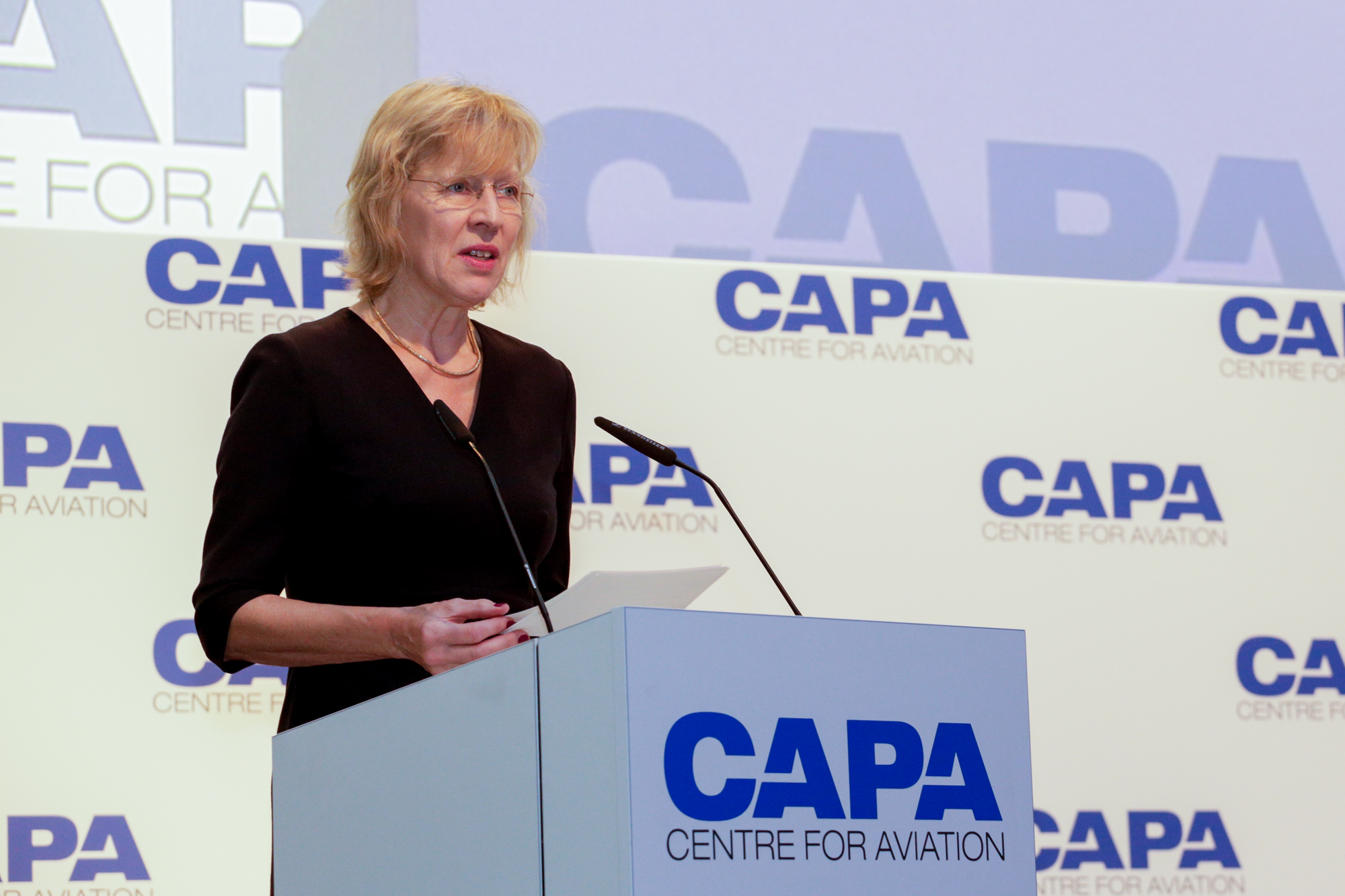
The Low Cost Long Haul DNA - Peter Harbison, chairman emeritus CAPA - Centre for Aviation
New longer-range narrowbodies are "really going to start to change the industry," says Peter Harbison, chairman emeritus at CAPA in his state-of-the nation address highlighting the low cost long haul market. But, the big question remains… is this sector sustainable? While some say the niche is emerging, others describe it as fragile, and some believe it does not exist, at least for profitable operations.
Here's some views from some of the industry's biggest executives on the subject:
A "gathering storm" for airlines. "This is going to come and we need to be ready to deal with it." "Now you're seeing Scoot, Norwegian and AirAsia X coming along. I think we're seeing the beginnings of an inflection point,"
Sir Tim Clark, President and CEO, Emirates
"Maybe long-haul low-cost will work when the fuel price is 30 dollars a barrel. But once it goes beyond 50 dollars I guarantee it is not feasible."
HE Akbar al Baker, Qatar Airways CEO
"Long haul low cost flights will become a "significant part of IAG."
Willie Walsh, IAG CEO
Today the idea of low cost airlines has changed and is no longer definition of an airline. Now a "concept" of low cost long haul travel exists, says Mr Harbison, and increasingly the environmental impact is important. Next, he explains, the use of long haul narrowbody aircraft will again change the concept, further allowing any airline to operate low cost in smaller city pairs. But, he acknowledges that fuel prices weigh heavily on long haul flying and will be a major factor in the growth of low cost long haul flying.
The sector is fast evolving, developing initially from standalone long-haul LCC, then the emergence of FSC daughters, and now the ultra long haul narrowbody "will now mean anyone can join the movement".
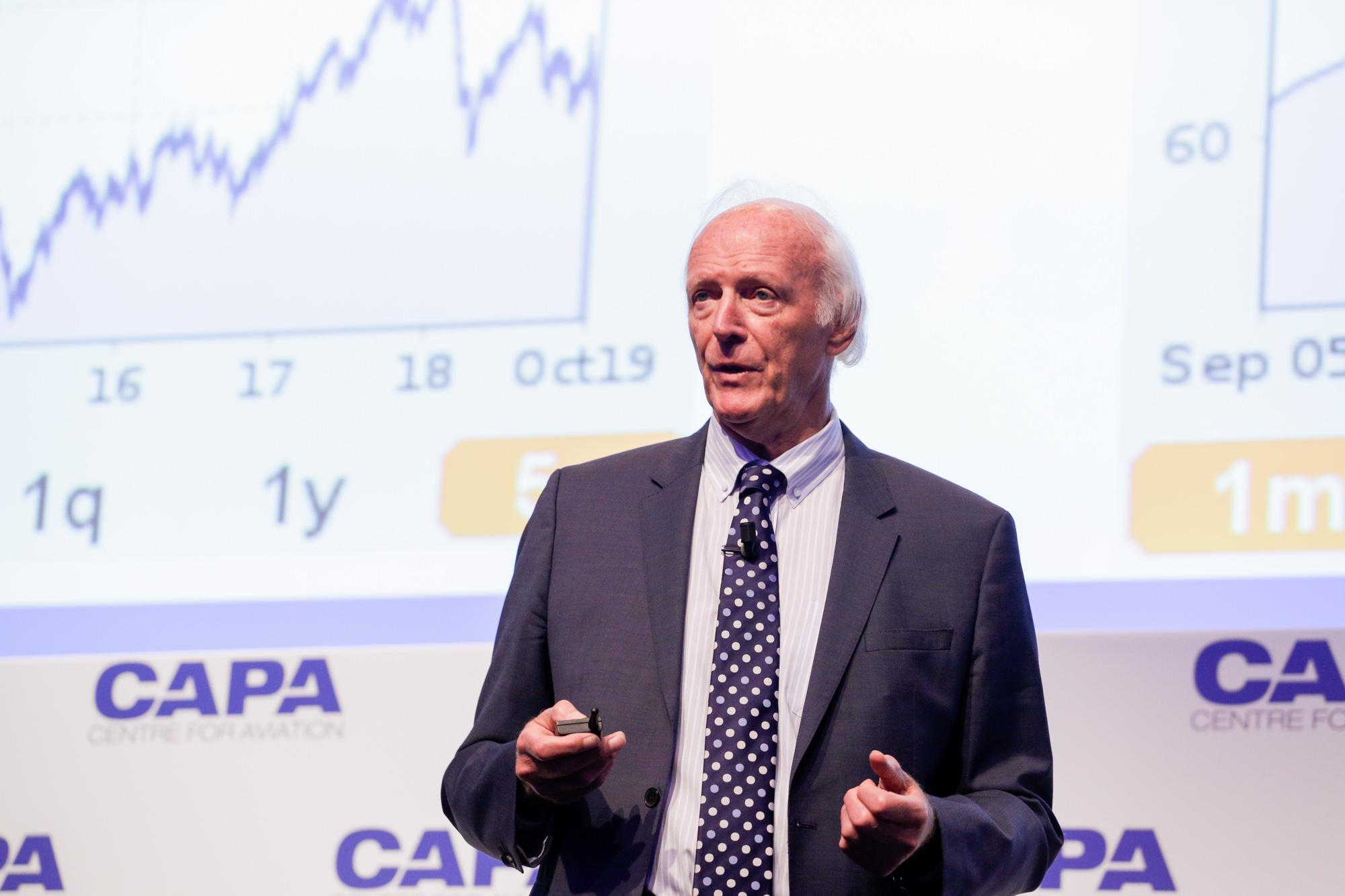
CAPA - Centre for Aviation analysis of OAG schedule data shows that nine of the top ten long haul low cost international routes are in Asia - seven of these are flown by AirAsia X. "AirAsia is a ubiquitous and unique model, it incorporates several short haul JV subsidiaries radiating around long haul routes and its cross-border JV approach to overcoming nationality constraints has reformed aviation in the region," explains Mr Harbison. Norwegian, Jetstar Airways, Scoot, WestJet and Eurowings are the other major players in this market.
Can low cost long haul succeed? Mr Harbison believes it has a place in the market, but many factors need to be incorporated and market conditions will have to be right. He suggests operators need to "invest much more in the corporate market," an area where they may not have the best experience or even platforms to achieve this. He describes fuel as a "critical factor", sees "a huge potential" for inflight retail, and expects enhanced connectivity and partnerships to make networking easier.
People want to travel and want to travel affordably - Adel Ali, CEO, Air Arabia
Is the development of Low Cost Long Haul, ultimately trial and error? "We have been doing this for 100 years as an industry and are still here," quips Adel Ali. He adds: "People said LCC would not work in the Middle East. We and others prove that wasn't the case." The reason, because "people want to travel and want to travel affordably," explains Mr Ali.
Air Arabia has been extending its reach with the A321LR and sees the potential to fly up to eight hours in the future, which he describes as low cost medium haul, rather than low cost long haul. It is delivering this through the lease of six aircraft. "We have two of them currently and will add a third real soon. We bought them to see how good they are. We have to say they are good."
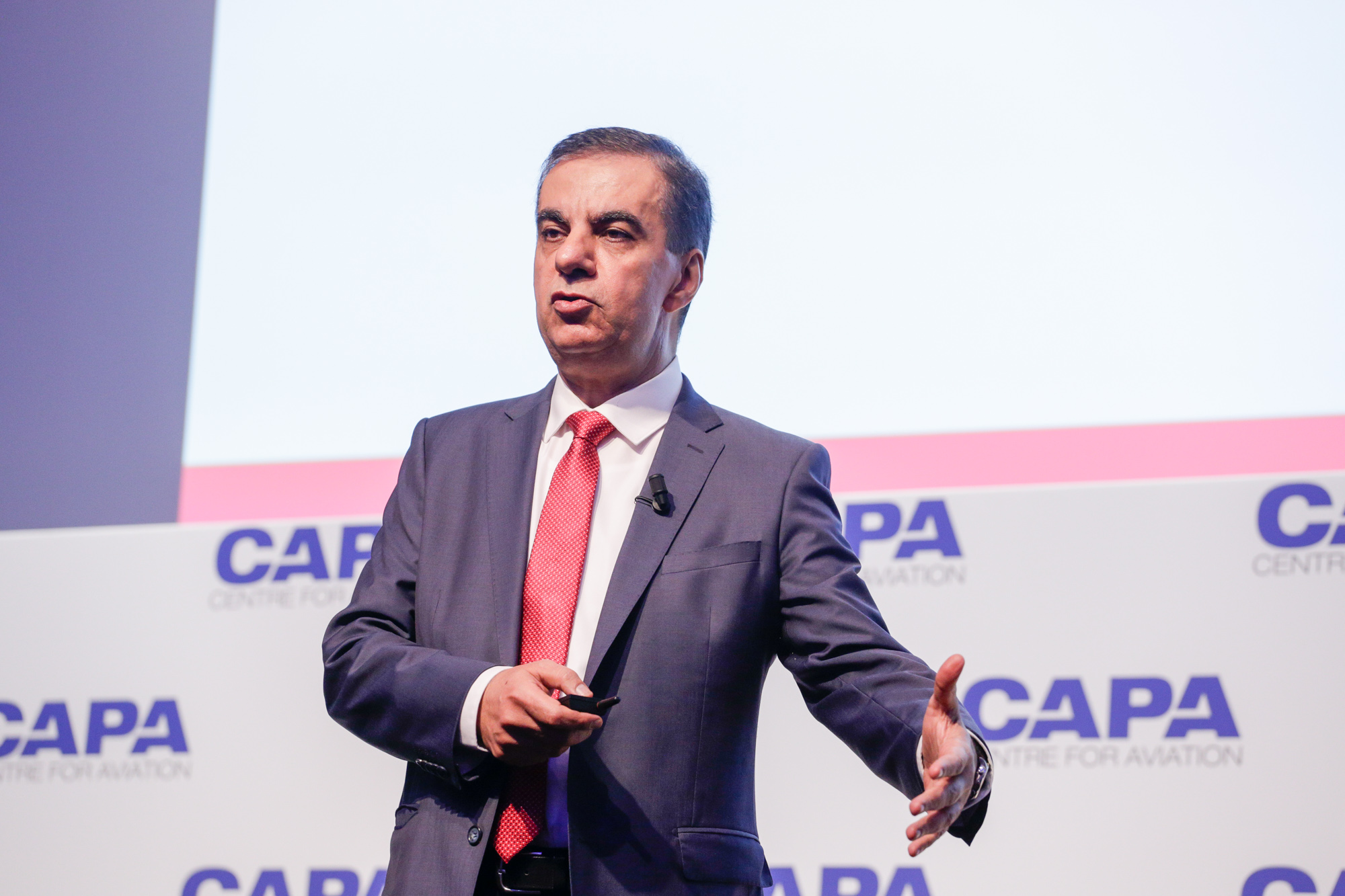
Air Arabia plans to order for around 100 new single-aisle aircraft before the end of the year and longer-range versions could make up a big part of this, acknowledges Mr Ali. "It is about evolving our business rather than changing it and embarking on a new generation aircraft to open-up new markets while maintaining low-cost operations," he adds.
Mr Ali says that while low cost long haul is "yet to be proven successful," he acknowledges the economics of the industry are "constantly changing". The initial experiences with the A321LR have "been good" for Air Arabia, he explains, but says that in a climate with airline bankruptcies and profit warnings, the industry faces a huge dilemma if it can't make money with relatively low fuel prices, full aircraft and more efficient aircraft.
His closing view: "Airlines should work together for a better industry and not against each other."
The Low Cost Long Haul air finance outlook
LCCs, as the newer players in the industry, are competing to meet future growth needs. Low cost long haul is an emerging market and with this comes the need for new and improved aircraft. Here's some insights from the summit's first panel discussion…
Even if you have lots of money when starting up an airline, shareholders are more prudent with expenditure and will "generally lease aircraft initially," says Tony Davis, managing director of Gramercy Associates. Short-term leasing "is more favourable," he says, unless you are the subsidiary of a big FSC that has their own aircraft resources available. "We are very reliant on the leasing sector," he says.
While Emirates Airline gets all the publicity in the United Arab Emirates (UAE), "Air Arabia has a better profit margin bar far," says Steve Udvar-Hazy, executive chairman, Air Lease Corporation, an airline he says has been successful thanks to its retained focus on single-aisle aircraft and prudent management. He compares this to the collapsed WOWair in Iceland. "WOW air had a very sound business plan… Everything was working great until they introduced widebodies... They could make money three months of the year, but were losing it for the rest of the year… The widebody introduction caused the airline's demise," he explains.
The low cost long haul market will grow "not as fast and as broad" as the established Low Cost Short Haul market, according to Wendy Sowers, Director, Market Analysis, Boeing Commercial Airplanes. She says Boeing forecasts predict that 40% of future single-aisle deliveries will be to LCC, while that ratio will be just 10% in the twin-aisle space.
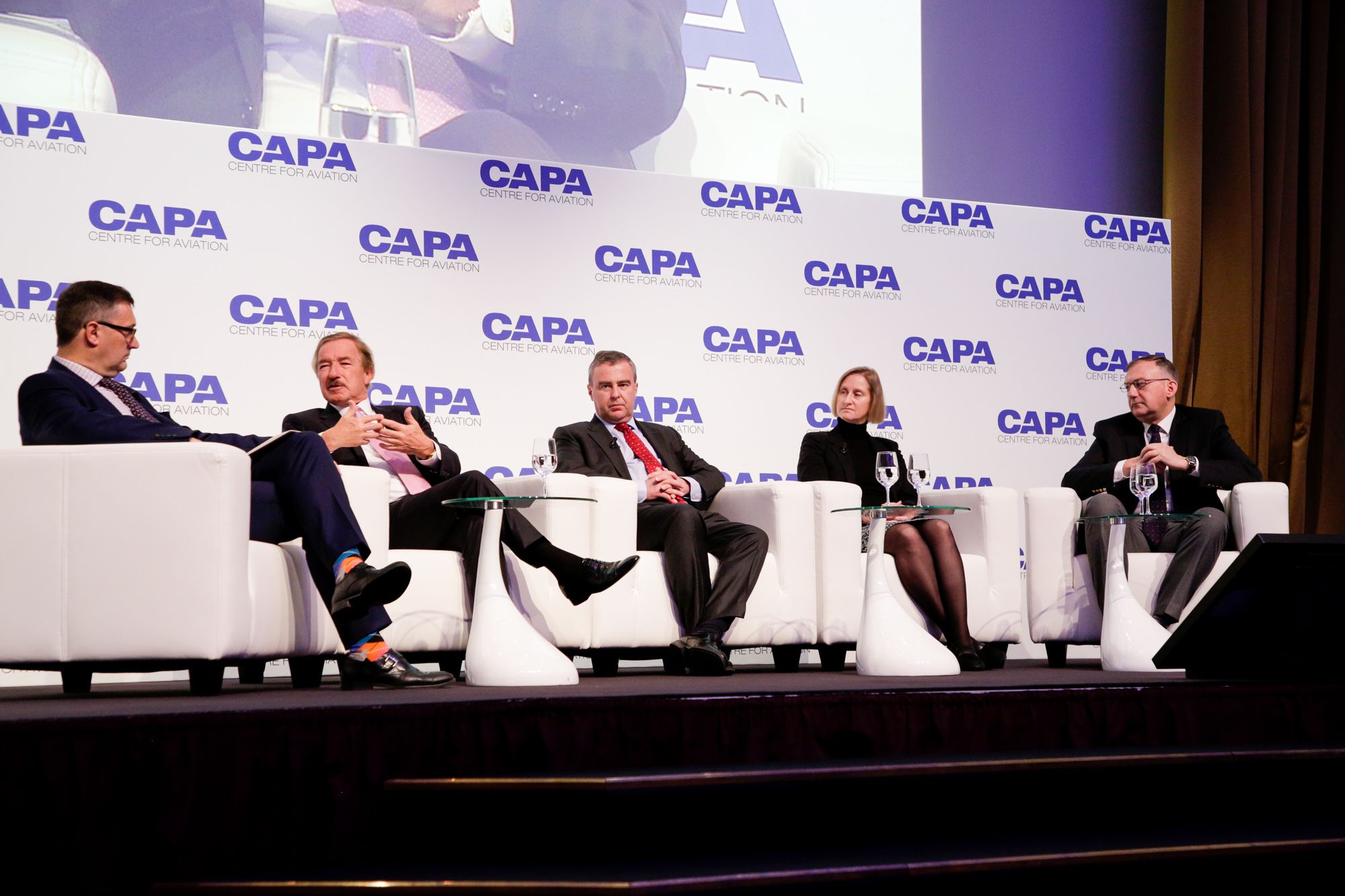
The A321LR is already proving to offer opportunities to grow airline networks. "We know what it looks like what it can do," says Robert Martin, managing director & CEO, BOC Aviation. While not in market yet the A321XLR "definitely has a place in the market" to open up new city route pairs that are not available today, explains the leasing chief, but he sees a clear space in a market like Asia for both single- and twin-aisle options.
Air Lease Corporation's Mr Udvar-Hazy describes the A321LR and A321XLR as a "low risk way" for airlines to extend their network to generate additional feed into their hub. "It has a head start and is proving to be a capable machine, but I can't discount the Boeing product," he adds.
Ms Sowers says the proposed NMA from Boeing will offer a similar proposition to the long-range variants from its rival. She acknowledges it is hard to predict the market 20 years ahead, however, sometimes "20 years is easier than looking just at next three to five years" as it can be a little more generalised. She says new aircraft demand "has been running a lot higher" than trend over the past four to five years and therefore suggests we could soon see a "pent up replacement demand".
Hamburg has strong interest in attracting long-haul carriers - Michael Eggenschwiler, CEO, Hamburg Airport
One of the oldest airports in the world, Hamburg Airport's development has been managed by Michael Eggenschwiler for more than 15 years, having been appointed as CEO in Mar-2005 after two years as managing director.
He says there is a "high potential for new long-haul routes" from Hamburg with more than 500,000 passenger per annum to North America, increasing demand to Southeast Asia (96,000 passengers to Bangkok alone) with 47% market growth in the last ten years.
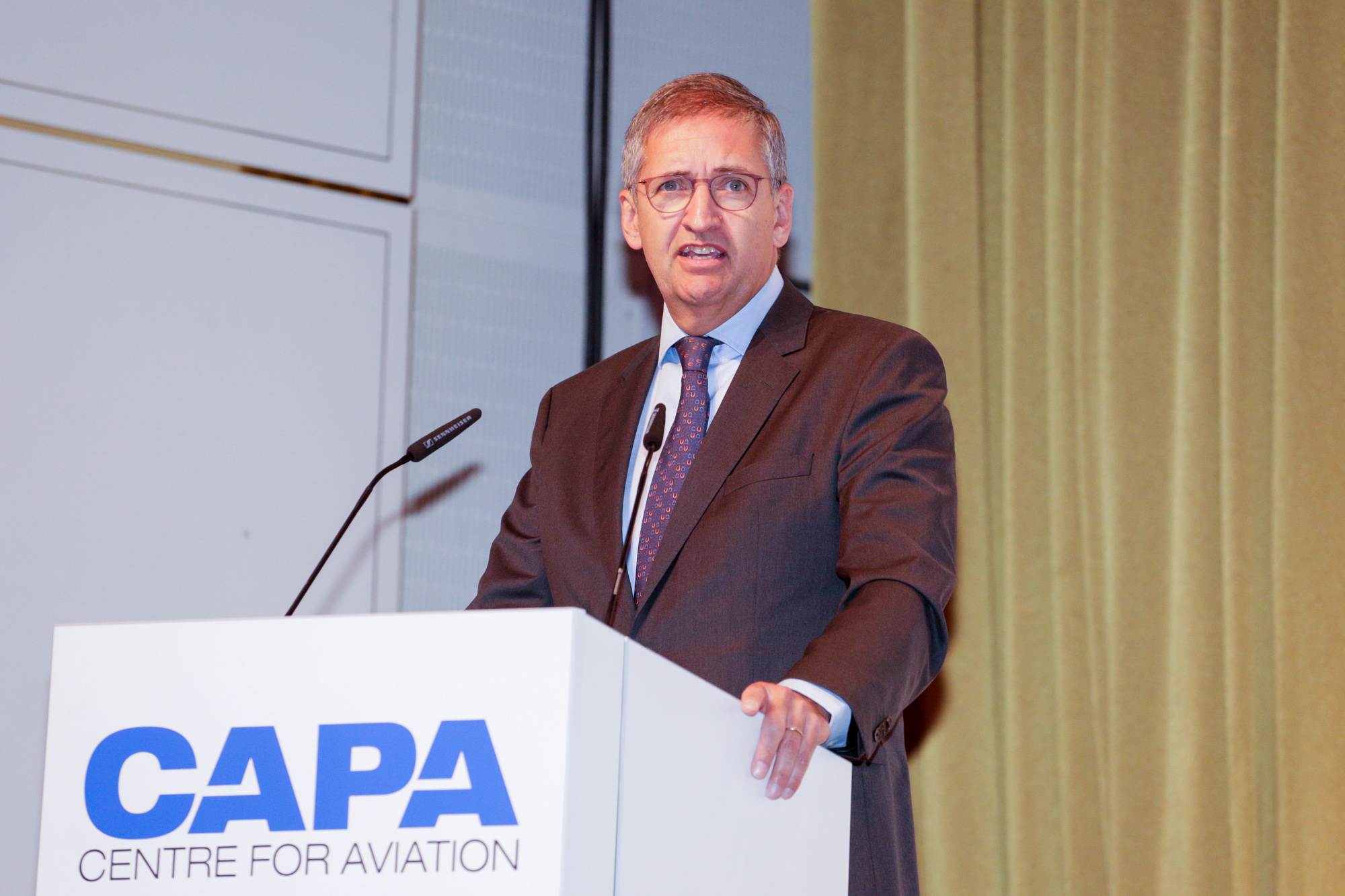
The A321LR and A321XLR will deliver "new opportunities" with the A321LR allowing access to Canada's east coast to and from Hamburg, while the A321XLR allows USA to/from Hamburg. There are also new opportunities for Asian routes.
Hamburg has "strong interest in attracting long-haul carriers," says Mr Eggenschwiler, and the airport has introduced a new "attractive" incentive scheme this past summer.
The trans-Atlantic shift: what impact will low cost long haul have on this important market?
Low cost long haul international operations are becoming a feature of the US-Europe market, introducing a new dynamic into the equation. Until now, the market has been the territory of foreign airlines, but with airlines like the mid-cost/mid-frills JetBlue Airways now about to embark on trans-Atlantic operations, a new era of competition could be in the wind.
There can be no doubt that new aircraft technology and new business models have contributed to the expansion of the trans-Atlantic market. LCCs have been significant agents of this change on the North Atlantic, led by Norwegian. Norwegian is slowing its group-wide growth, WOW air and Primera Air have gone out of business. Nevertheless, LCCs will continue to play an important part in this market.
Ivonne Brauburger, director sales Programs, American Airlines, says low cost long haul airlines have created a new market. "We now have to compete for the right customers in the right way with pricing and product," she adds.
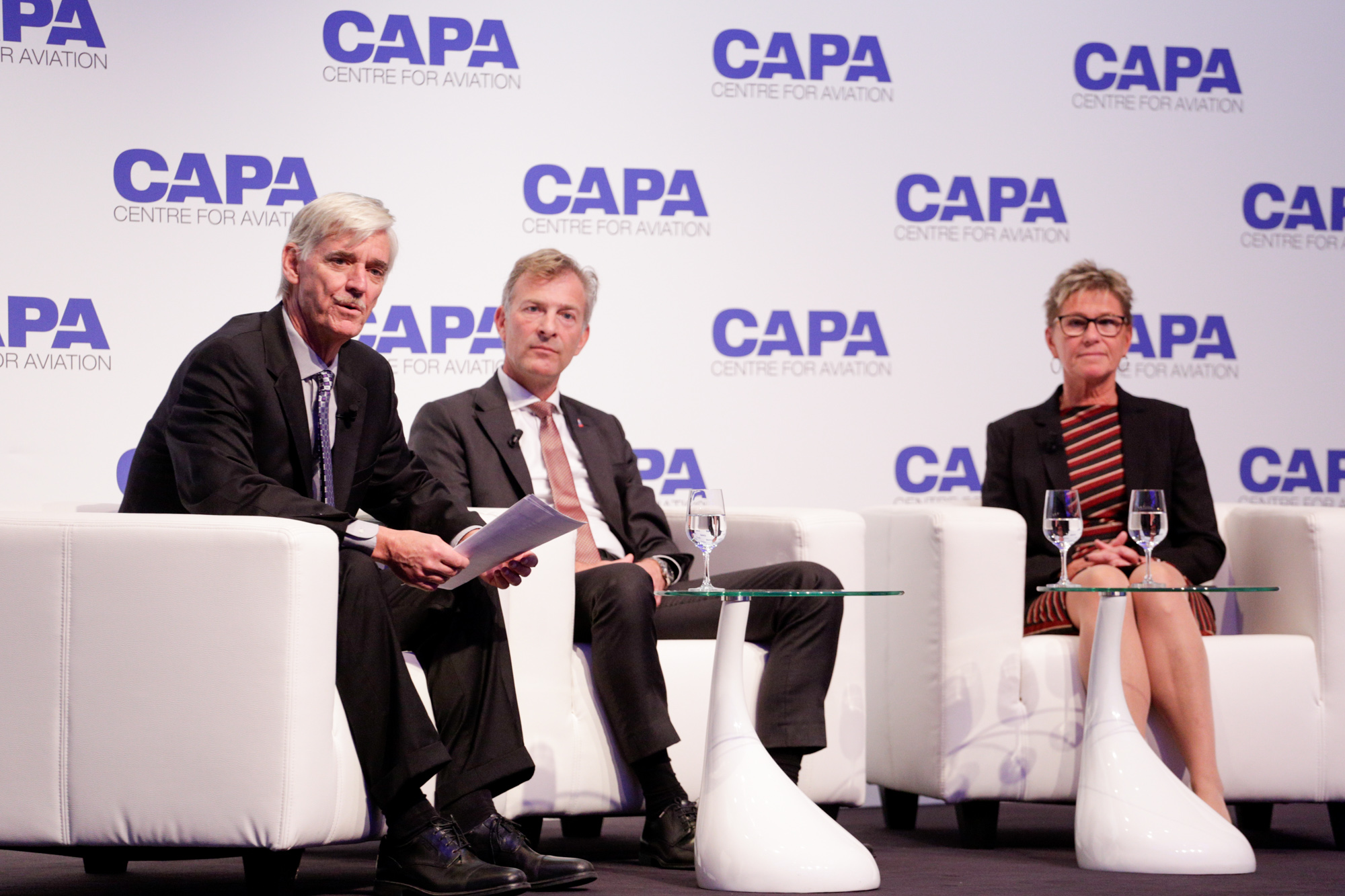
As one of the dominant FSCs in the trans-Atlantic market, American Airlines has adapted its product to appeal to changing passenger habits and LCC competition. Ms Brauburger says "we have a duty to be transparent with our customers" and clearly highlights what is - and more importantly what isn't - involved in a fare category.
Tore Østby, executive vice president strategic development, Norwegian says this is one of the big positives for consumers. "We made the network carriers better… there is now a broader spectrum of fares."
Mr Østby acknowledges that it is "a bit early" to tell how successful the new long-range narrowbodies will be across the trans-Atlantic. Norwegian has tried this with its 737 MAX fleet for a short period before the type was grounded and its A321LR deliveries are running late.
The Middle East LCCs could change Asia to Europe long haul travel
Asia Pacific has been a pioneer in the development of the low cost long haul model, having had such flights for 12 years, or seven years longer than any other region. Nearly 40% of low cost long haul routes touch Southeast Asia and nearly 15% touch Australia, making them the world's largest low cost long haul markets. However, LCC growth in the Middle East has fuelled speculation this region could tap into the long haul low cost market and completely redefine Asia to Europe long haul.
Adel Ali, CEO, Air Arabia, says that from the airline's own perspective a one-stop option is not overly attractive. On longer sectors he says that margins are weak at the back of the aircraft and you cannot easily remove part of fare to offer low cost option. "Airlines have an affordability problem of offering a product at a price that the passenger is willing to pay," he adds.
For Con Korfiatis, CEO, flyadeal, the viewpoint is slightly different with a lot of traffic flying east and west and where future longer-range narrowbodies can potentially offer a solution, particularly into some smaller regional markets that connectivity could currently be limited to two or even three stop options.
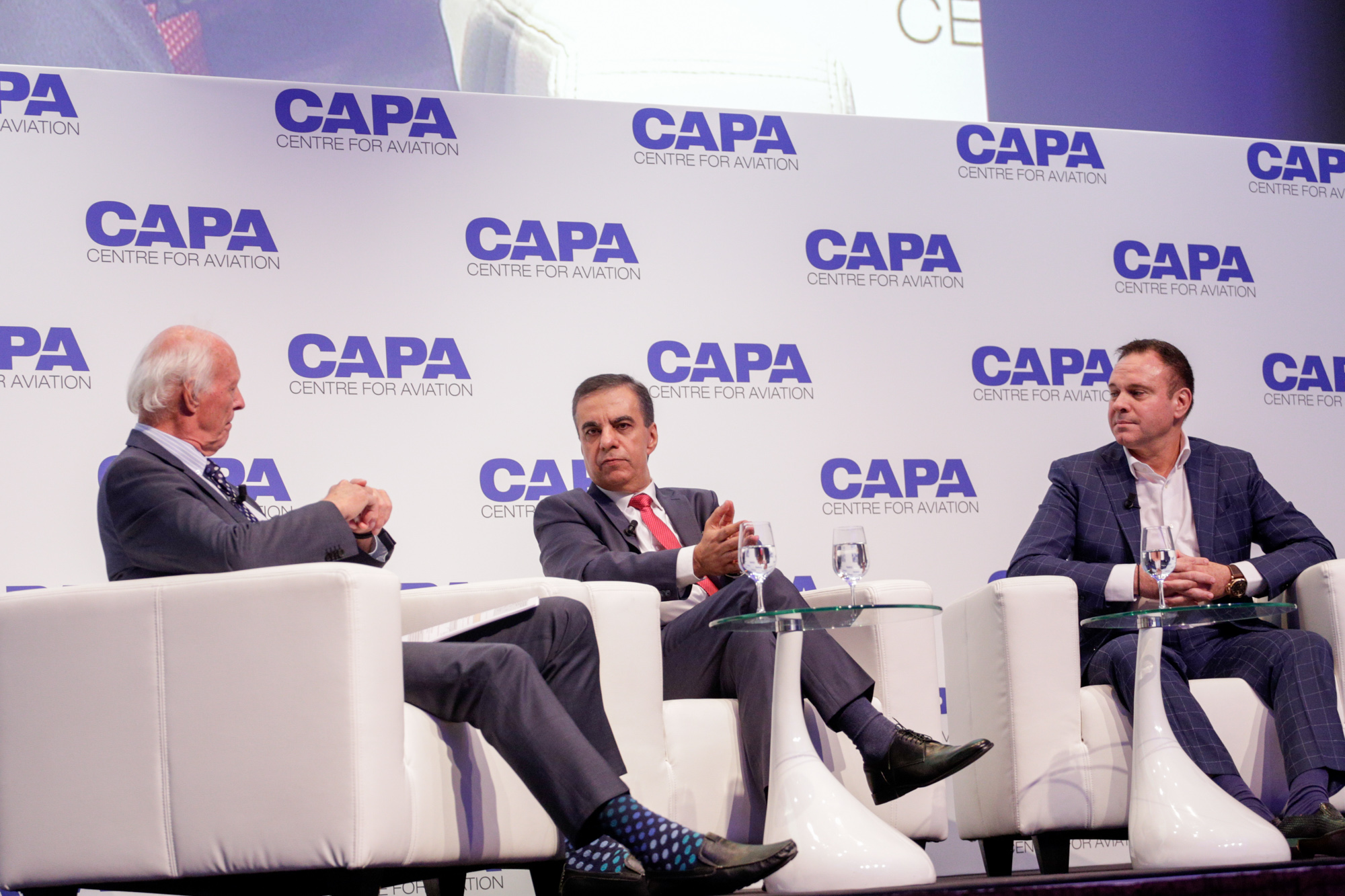
He says this is "something relevant to us" and after the Saudi Arabian carrier has "mastered domestic and regional point-to-point," he acknowledges this could ultimately grow to become up to "a third of the business" in the future.
Mr Korfiatis identifies that there are "enormous opportunities" to better connect flyadeal with Saudia as part of a wider Saudia Group solution, but acknowledges that "these are not being exploited right now."
This is currently limited by airport infrastructure within the Kingdom of Saudi Arabia, but also the maturity of the flyadeal brand. But, he says that any partnership must not "jeopardise flyadeal's true low cost offer".
'We don't want to be part of the change, we want to design the change' - Harry Hohmeister, member of the executive board and CCO network airlines, Lufthansa Group
"We are not just flying for fun. We fly people for business, we fly people to visit family and friends and to keep business alive," says Harry Hohmeister, member of the executive board and CCO network airlines, Lufthansa Group in his keynote address at the CAPA Low Cost Long Haul Summit.
"We don't want to be part of the change, we want to design the change," he says, but to do this "we must take the responsibility," and he highlights just how the Lufthansa Group is investing in this. From fleet renewal to carbon neutral growth strategies, Lufthansa is among the airline leaders, according Mr Hohmeister.
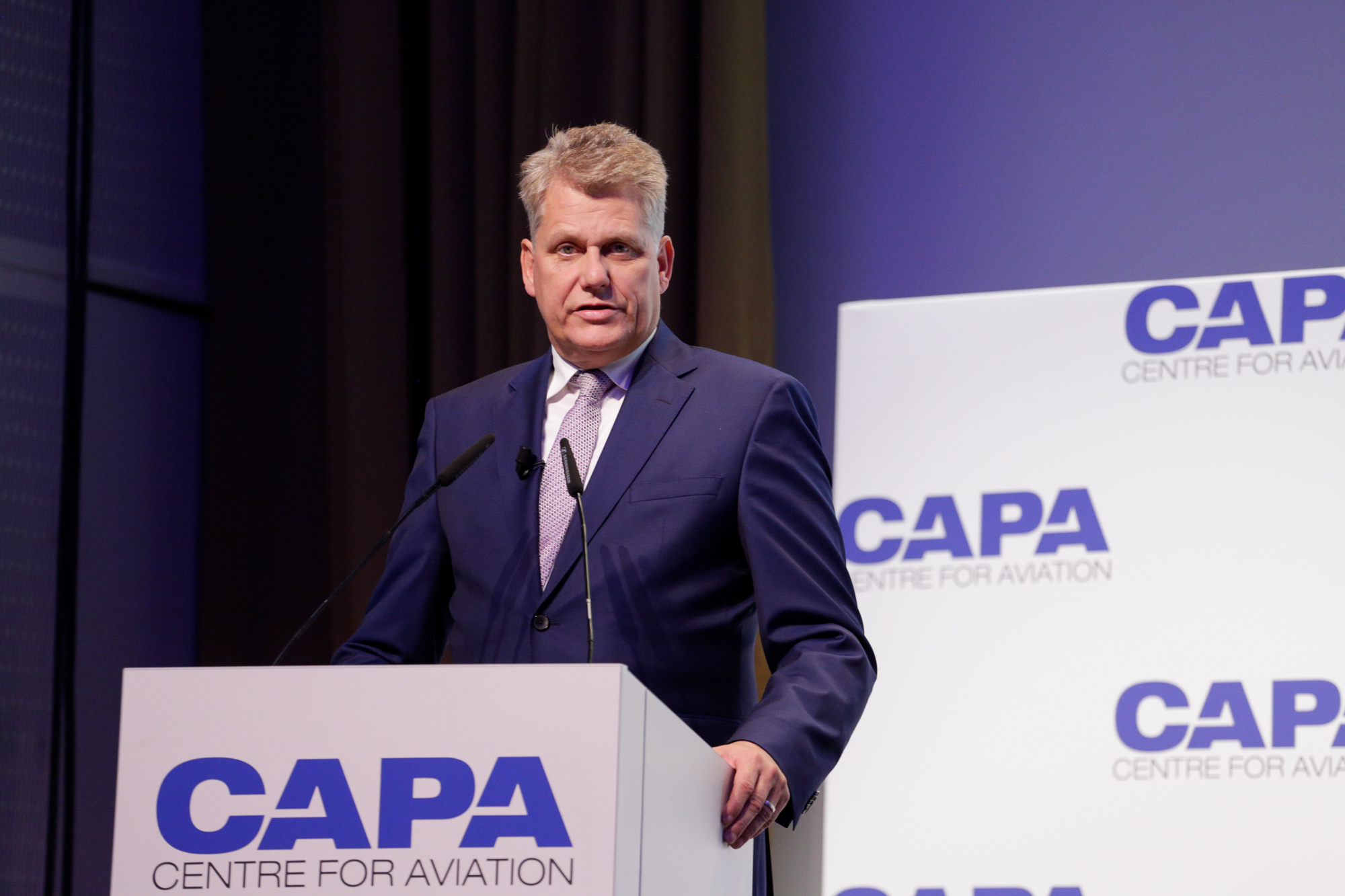
He says that "consolidation will, and must continue" but this must occur across business models and not just premium airline with premium airline or LCC with LCC. "We will participate in this in a way that makes sense. Not just to add capacity and metal," he explains. "Just gathering metal is not consolidation."
"Is it really good to discount your product so it is not making money but also generating demand that wouldn't normally be there and such generating a climate debate?" questions Mr Hohmeister. "How stupid we are in the industry to give our great product away for free. Air fares below EUR20 are simply not sustainable".
Low cost long haul strategy: feeding the network
Low cost long haul operators are establishing partnerships with short haul low cost airlines as a means of expanding their network breadth and supporting their growth aspirations. For long haul operators, connecting traffic is critical in scaling sustainably, especially as very few long haul destinations generate enough demand to justify year round capacity, while their partners benefit from additional traffic growth in short haul markets.
Legacy carriers, who have long ceded competitive ground to short haul LCCs, could see history repeating itself as long haul-short haul LCC partnerships gain more momentum and disrupt full service carriers' long haul networks.
Lufthansa Group is working against this internally with Eurowings, a process that as an outsider could perhaps be seen a complex transition. "I personally see the birth of Eurowings as Jun-2019," what happened before then was something very different, according to Harry Hohmeister, member of the executive board and CCO network airlines, Lufthansa Group in a panel discussion.
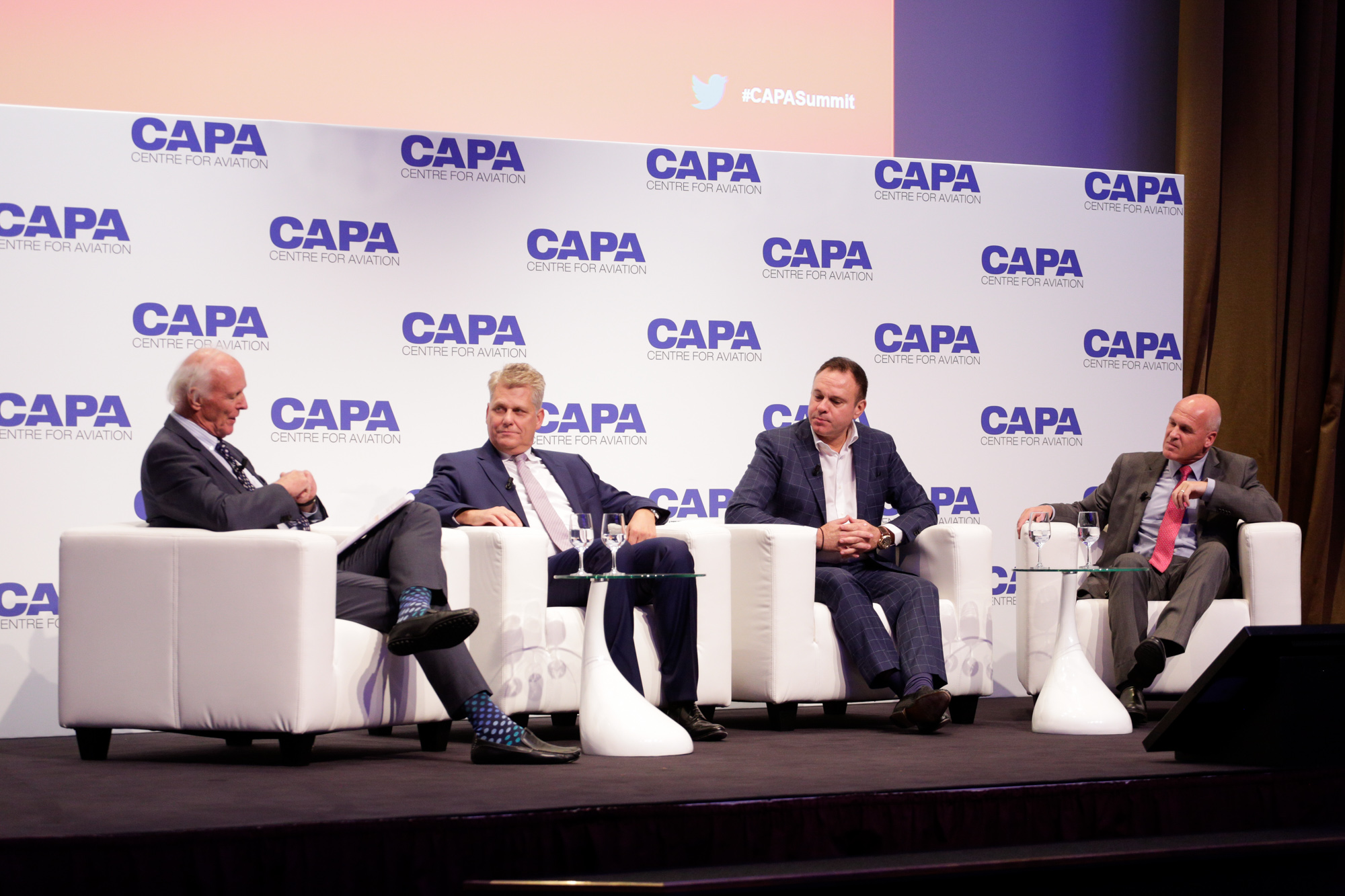
There is not a one-size fits all with consolidation. "You can't be all things to everybody in every part of the world. It is about being smart and making smart decisions," says Con Korfiatis, CEO, flyadeal. In some markets a LCC could be more powerful than a FSC, he explains.
Mr Hohmeister highlights this from the Lufthansa Group perspective. "We own Austrian Airlines and could do what we like with the brand. But in that market nationality has a worth. They even have their own uniform… You have to understand your market to deliver something that works… you have to understand the customer," he says.
"Brand has to be in tune with the culture," adds Stefan Pichler, president and CEO of Royal Jordanian.
Distribution and digital transformation: the impact of NDC on the low cost long haul market
Mike Rock, head of Europe, air partners at Travelport says LCCs have benefited from competitive advantages due to API distribution and NDC now provides improved sales capabilities. "Continuous dynamic pricing allows much greater flexibility to improve the sales potential," he explains. But, there has been a divergence of models that are product centric or customer centric, the latter offering a more dynamic, personalised digital offer. The question is… will customisation evolve into personalisation?
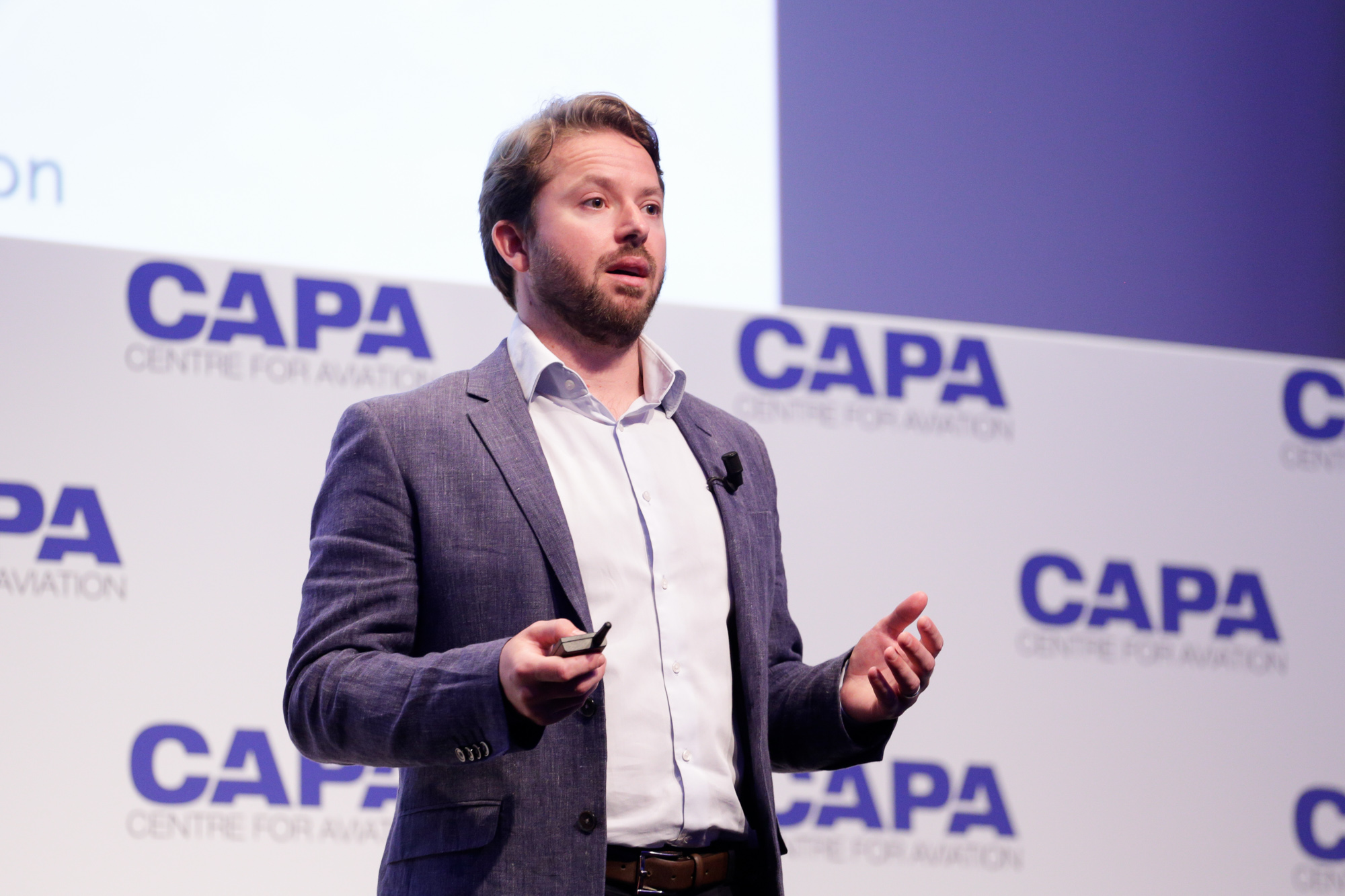
"Airlines are currently offering a customised experience… advances in data and analytics will drive better personalisation… successful airlines will offer a personalised experience… continuous customer engagement will provide new opportunities," notes Mr Rock.
So what does the future hold? "Customers increasingly expect a personalised frictionless experience," says Mr Rock.
How will investing in technology help drive low cost long haul growth?
Part of the growing success of LCCs around the world is their ability to tap into key technologies to access their customer base. With full service carriers all but caught up, what new and exciting ways exist for LCCs to communicate and market to new travellers? Setting themselves apart is key to success for any supplier, especially when the passenger's decision making process becoming more and more focused on deliverables rather than just cost.
